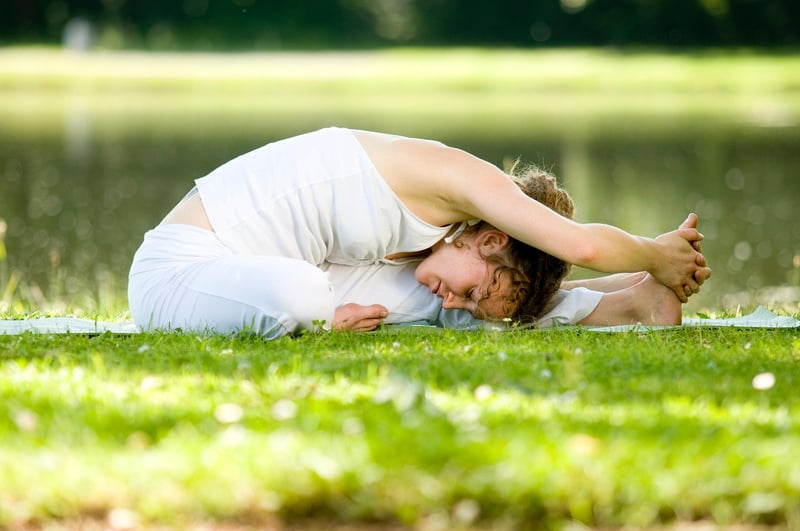Pranayama techniques
Master Your Breath: Techniques to Control and Pranayama
Learning to control your breath is a powerful tool that can help improve your physical, mental, and emotional well-being. In the practice of yoga and meditation, mastering the breath is essential for achieving a state of deep relaxation and focus. Here are some techniques to help you control your breath and dive into the world of Pranayama:
1. Deep Breathing
Deep breathing involves taking slow, deep breaths to fully expand your lungs and diaphragm. To practice deep breathing, sit or lie down in a comfortable position, place one hand on your chest and the other on your abdomen, inhale deeply through your nose, feeling your abdomen rise as you breathe in, hold for a few seconds, and then exhale slowly through your mouth, feeling your abdomen fall. Repeat this for several breaths.
2. Equal Breathing
Equal breathing, also known as Sama Vritti, involves breathing in and out for an equal count. Start by inhaling for a count of four, then exhale for a count of four. This technique helps balance the breath and calm the mind. As you become more comfortable, you can increase the count to deepen the practice.
3. Alternate Nostril Breathing
Alternate nostril breathing, or Nadi Shodhana, is a pranayama technique that helps balance the right and left hemispheres of the brain. To practice, sit comfortably, use your right thumb to close your right nostril and inhale through your left nostril. Then, close your left nostril with your right ring finger and exhale through your right nostril. Inhale through the right nostril, close it, and exhale through the left nostril. Repeat for several rounds.
4. Kapalabhati
Kapalabhati is a cleansing pranayama technique that involves rapid, forceful exhalations followed by passive inhalations. Sit with a straight spine, take a deep breath in, then forcefully exhale through your nose by quickly drawing your navel towards your spine. The inhalation should happen passively as your belly expands. Start with a few rounds and gradually increase the pace.
5. Bhramari
Bhramari, or bee breath, is a calming pranayama technique that involves creating a humming sound during exhalation. Close your eyes, take a deep breath in, then exhale slowly while making a humming sound like a bee. This practice helps reduce stress and anxiety, promoting a sense of peace and relaxation.
By incorporating these breath control techniques and Pranayama practices into your daily routine, you can enhance your overall well-being and cultivate a deeper connection between your mind, body, and spirit.

Explore the world of breath control and Pranayama to unlock a new level of mindfulness and inner peace.
